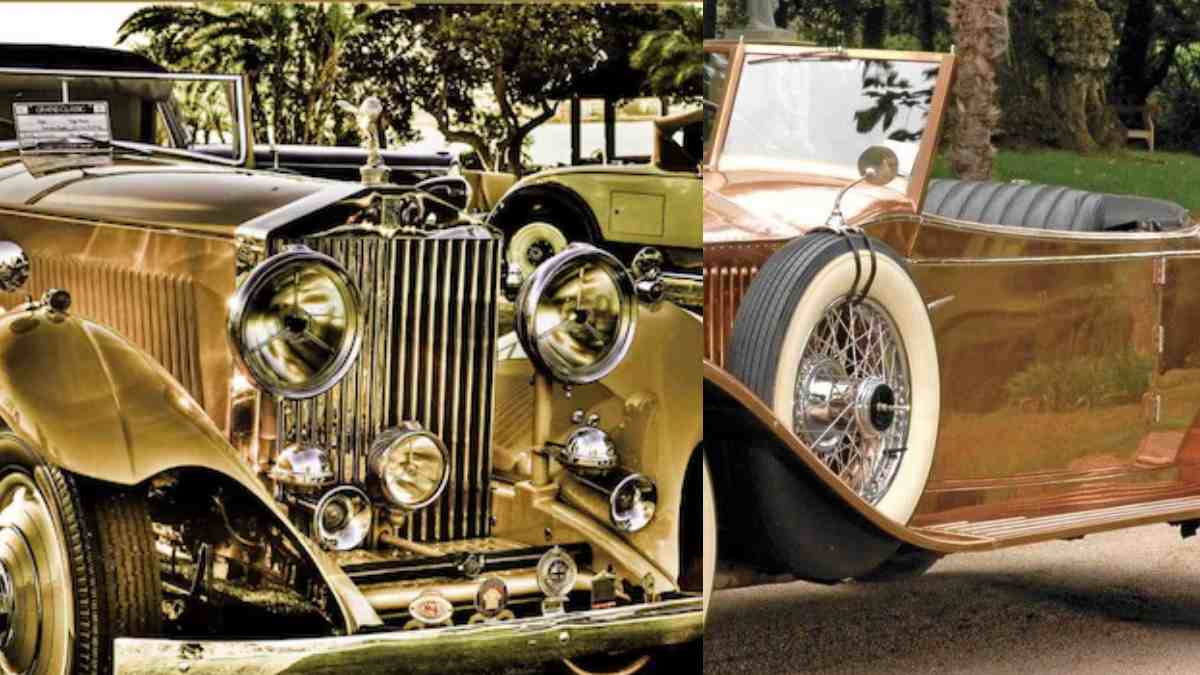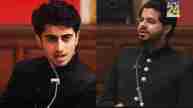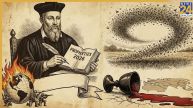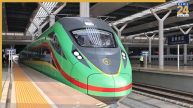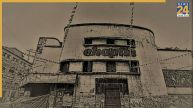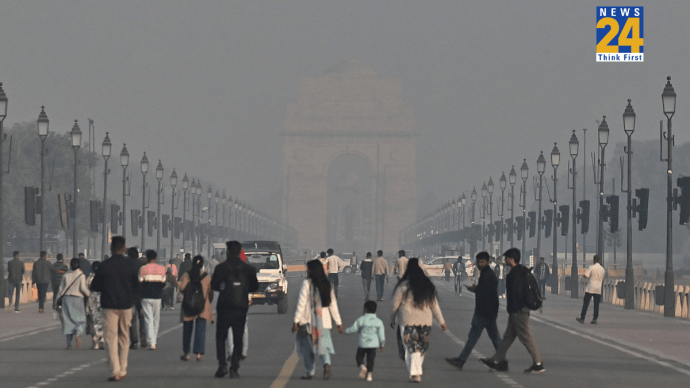At the time of India’s independence, over 550 princely states flourished, each with its own royalty and distinct traditions. The kings, maharajas, nawabs, and nizams had unique hobbies and traveled in style using elephants, horses, palanquins, and carts. The introduction of motor vehicles in India in the late 18th century marked a significant shift, with the Maharaja of Patiala ordering the first motor, a French De Dion-Bouton, in 1892.
The Maharaja’s Unique Number ‘0’ Car
Historians Lapierre and Collins shed light on the royal fascination with cars, noting that the Maharaja of Patiala owned India’s first motor car with the unique number ‘0’. This Rolls-Royce drew crowds wherever it went. Rolls-Royces were particularly favored by Indian royalty, with kings customizing cars in various forms, from closed roofs to open-roofed models, station wagons, and trucks.
Read More: Inspiring! Man Plants Tree In Pothole After Authorities Delay Action, Citizens Appreciate
Maharaja Bharatpur’s Mysterious Silver Rolls-Royce
Maharaja Bharatpur owned a Rolls-Royce with a silver body that emitted mysterious waves. This unique open-roofed car was loaned to fellow kings and emperors for special occasions, including weddings. Another Rolls-Royce from Maharaja Bharatpur’s collection was specially designed for hunting.
Lord Mountbatten’s Memorable Hunt with Maharaja Bharatpur
Lord Louis Mountbatten, the future Viceroy of India, recounted his thrilling hunt with Maharaja Bharatpur in the same motor car. Describing the experience as akin to a boat navigating stormy waves, Mountbatten was enamored with the adventure.
Maharaja Alwar’s Opulent Gold-Covered Lancaster Motor
Among the extravagant motors owned by Indian royalty, Maharaja Alwar’s Lancaster motor stood out with its entire body covered in gold. The driver enjoyed a carved ivory steering wheel, and the motor reached speeds of 70 miles per hour despite its opulent design.
Nizam Hyderabad’s Vehicle Appropriation
At the time of independence, the Nizam of Hyderabad, reputed as one of the world’s richest individuals, had a notorious habit of forcibly acquiring people’s vehicles. His motor shed accumulated hundreds of such vehicles by 1947, though many were never used.
Lavish Expenditure on Debauchery
The princely states’ unrestricted access to revenue and funds allowed them to indulge in extravagant lifestyles. The income from revenue, duties, taxes, and levies funded their whims and fancies, marking an era of opulence and excess.

